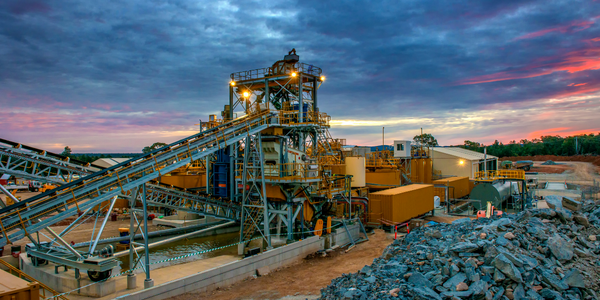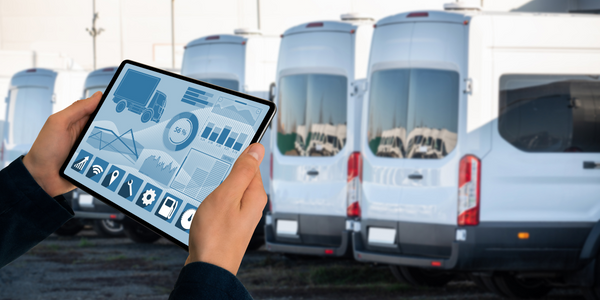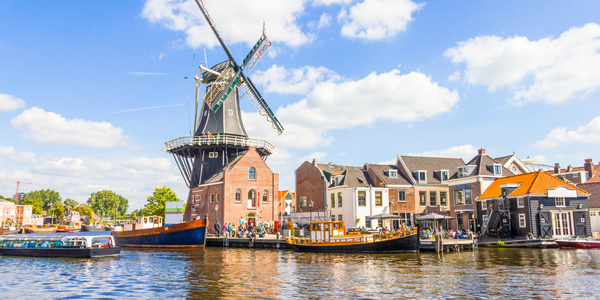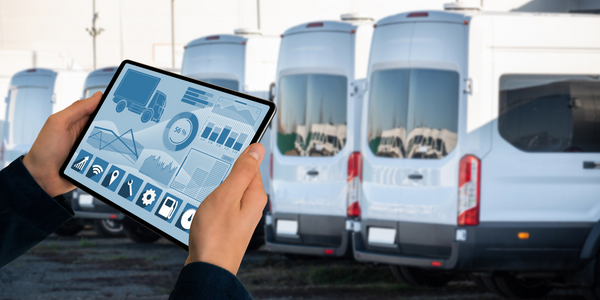Country
- Worldwide
Product
- OnAsset wireless asset tracking devices
- LocationSmart’s universal cross-carrier Global Site Identification (GSID) device tracking solution
Tech Stack
- GPS technology
- GSM
- Wi-Fi
- CDMA
- WCDMA (UMTS)
- LTE
Implementation Scale
- Enterprise-wide Deployment
Impact Metrics
- Productivity Improvements
- Cost Savings
- Customer Satisfaction
Technology Category
- Sensors - GPS
- Networks & Connectivity - Cellular
- Networks & Connectivity - WiFi
Applicable Functions
- Logistics & Transportation
Use Cases
- Track & Trace of Assets
- Fleet Management
- Theft Detection
Services
- Cloud Planning, Design & Implementation Services
- System Integration
About The Customer
OnAsset Intelligence Inc. is a leading provider of wireless asset tracking devices. The company's devices utilize global positioning system (GPS) technology to monitor all modes of transit, including land, sea, and air. The company's core business function is to report reliable, time-sensitive updates to customers around the world to ensure shipments arrive on time. The company has developed innovative GPS solutions for its wireless devices. However, there are unique situations in which accurate GPS data is not available, such as during serious weather events or when physical obstructions interfere with the signal’s pathway. In such cases, packages can be stored deep within buildings and metal cargo containers on trucks or ships, making it difficult for the GPS signal to reach them. Therefore, OnAsset needed to find a GPS-agnostic option that delivered reliable tracking information regardless of the environment or situation.
The Challenge
OnAsset Intelligence Inc. is a leading manufacturer of wireless asset tracking devices that utilize global positioning system (GPS) technology to monitor all modes of transit including land, sea and air. Real-time asset tracking and shipment protection are crucial in an age where the convergence of machines, data and analytics have become a more than $200 billion global industry. Reporting reliable timesensitive updates to customers around the world is a core business function for OnAsset to ensure shipments arrive on time. GPS is a radio navigation based technology that is the industry standard for tracking and logistics because it determines location, time and velocity anywhere in the world. OnAsset developed innovative GPS solutions for its wireless devices but there are unique situations in which accurate GPS data is not available. The signal can be unreliable during serious weather events or blocked when physical obstructions interfere with the signal’s pathway. Packages can be stored deep within buildings and metal cargo containers on trucks or ships. OnAsset needed to find a GPS-agnostic option that delivered reliable tracking information regardless of the environment or situation. Preserving service quality for customers was a key differentiator for its business.
The Solution
OnAsset selected LocationSmart’s universal cross-carrier Global Site Identification (GSID) device tracking solution for its reliability and multi-source service that offers maximum coverage. GSID location tracking delivers global service to more than 200 countries for any GSM, Wi-Fi, CDMA, WCDMA (UMTS) or LTE enabled device. It can provide location intelligence when devices are roaming and acts as backup for devices requiring assistance data for first fix GPS location information. GSID is ideal for machine-tomachine communications and serves as a trusted resource when GPS signals are unreliable or blocked. LocationSmart’s GSID solution provides real-time device intelligence utilizing Wi-Fi or Cell-ID information that can report distinct network attributes. As a result, OnAsset is able to continue streamlined communications with customers and its internal team. With GSID, OnAsset can deliver a consistent level of service for customers, vendors and partners around the world.
Operational Impact
Quantitative Benefit

Case Study missing?
Start adding your own!
Register with your work email and create a new case study profile for your business.
Related Case Studies.

Case Study
IoT Applications and Upgrades in Textile Plant
At any given time, the textile company’s manufacturing facility has up to 2,000 textile carts in use. These carts are pushed from room to room, carrying materials or semi-finished products. Previously, a paper with a hand-written description was attached to each cart. This traditional method of processing made product tracking extremely difficult. Additionally, making sure that every cart of materials or semi-finished products went to its correct processing work station was also a problem. Therefore, the company desired an intelligent solution for tracking assets at their factories. They also wanted a solution that would help them collect process data so they could improve their manufacturing efficiency.

Case Study
Goldcorp: Internet of Things Enables the Mine of the Future
Goldcorp is committed to responsible mining practices and maintaining maximum safety for its workers. At the same time, the firm is constantly exploring ways to improve the efficiency of its operations, extend the life of its assets, and control costs. Goldcorp needed technology that can maximize production efficiency by tracking all mining operations, keep employees safe with remote operations and monitoring of hazardous work areas and control production costs through better asset and site management.

Case Study
IoT-based Fleet Intelligence Innovation
Speed to market is precious for DRVR, a rapidly growing start-up company. With a business model dependent on reliable mobile data, managers were spending their lives trying to negotiate data roaming deals with mobile network operators in different countries. And, even then, service quality was a constant concern.

Case Study
Buoy Status Monitoring with LoRa
The Netherlands are well-known for their inland waterways, canals, sluices and of course port activities. The Dutch Ministry of Infrastructure indicates that there are thousands of buoys and fixed items in and near water environments that would profit from IoT monitoring. One of the problems with buoys for example, is that they get hit by ships and the anchor cable breaks. Without connectivity, it takes quite some time to find out that something has happened with that buoy. Not to mention the costs of renting a boat to go to the buoy to fix it. Another important issue, is that there is no real-time monitoring of the buoys at this moment. Only by physically visiting the object on the water, one gains insight in its status.









